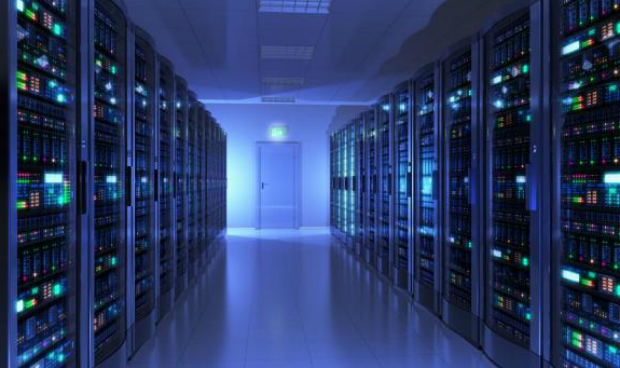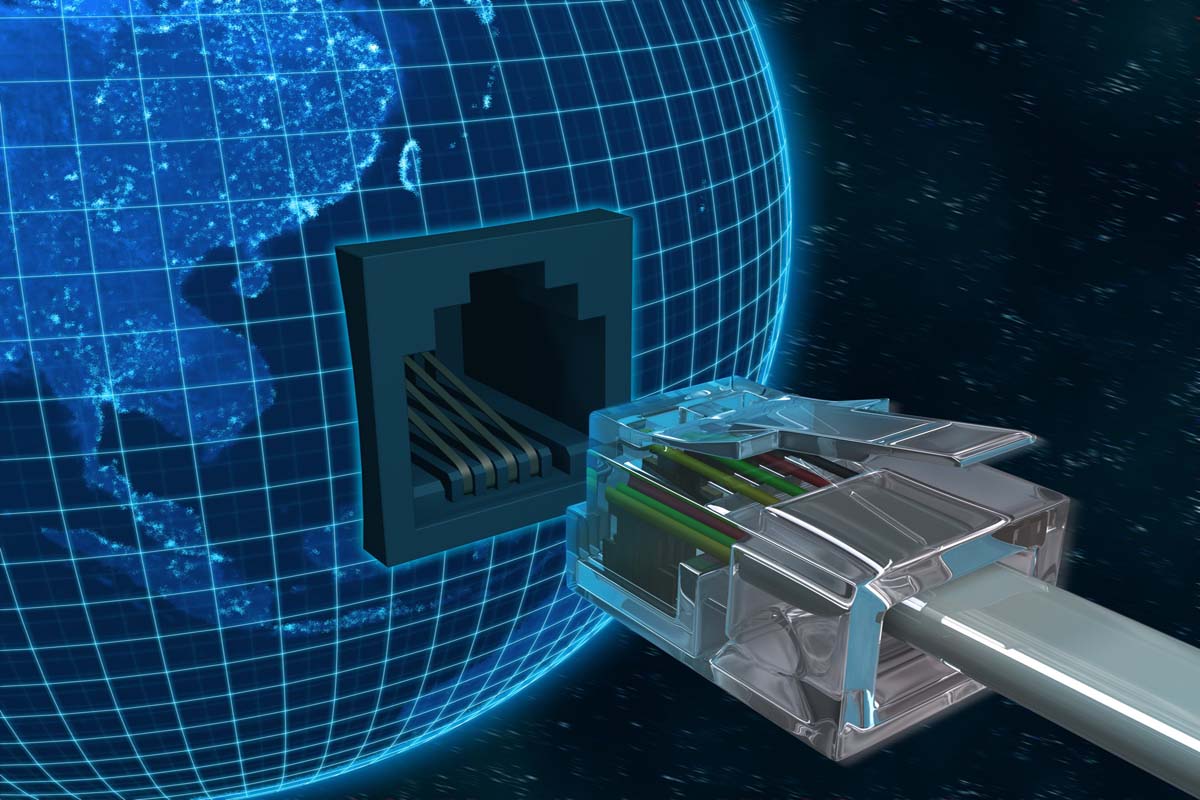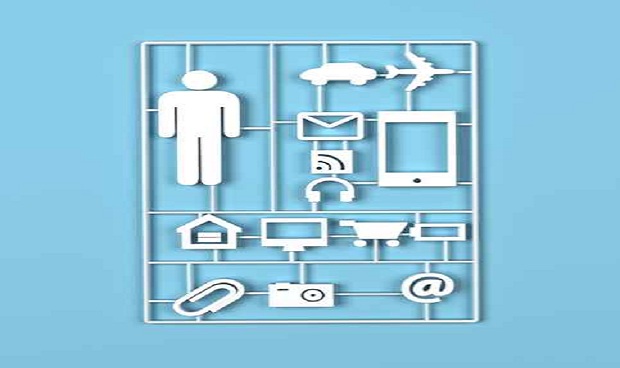Power supply shortages are a ticking time bomb for data center operators
Data center power consumption has been on an upward trajectory as compute-intensive AI operations take hold


Two-fifths (40%) of data centers could face constraints in power availability by 2027 as AI demand continues to ramp up, according to research from Gartner.
Forecasts for electricity consumption growth in the data center industry are as high as 160%, Gartner said, creating a landscape in which four out of every ten will face power challenges in three years' time.
Gartner estimates the power required to run AI-optimized servers in 2027 will reach 500 terawatt hours (TWh), 2.6 times the figure of 195 TWh in 2023.
By 2025, the figure will be 335 TWh, and by 2026, 401 TWh.
Hyperscale growth on the back of generative AI is the culprit, Gartner analyst Bob Johnson said, as power demand is exceeding the available capacity of utility providers and power grids.
“In turn, this threatens to disrupt energy availability and lead to shortages, which will limit the growth of new data centers for GenAI and other uses from 2026,” Johnson said.
Short-term power outages will continue for years despite plans for larger data centers, Johnson added. New transmission, distribution, and generation capacity could take years to come online and also won't alleviate current problems, he said.
Sign up today and you will receive a free copy of our Future Focus 2025 report - the leading guidance on AI, cybersecurity and other IT challenges as per 700+ senior executives
Similarly, power shortages will ramp up the price of energy, in turn increasing the cost of operating AI and large language models (LLMs). Gartner estimates that these costs will be passed on to AI and generative AI product and service providers.
Sustainability goals will also take a hit, as short-term solutions are deployed to provide more power whether or not they're climate-friendly. For example, Gartner said fossil fuel plants scheduled for retirement may be kept operational.
“The reality is that increased data center use will lead to increased CO2 emissions to generate the needed power in the short-term,” Johnson said.
How can businesses prepare?
In the first instance, Gartner recommended organizations determine the risks that potential power shortages will have on a business's products or services as the creation of new data centers becomes governed by power availability.
RELATED WHITEPAPER

It also suggested that organizations plan with an anticipation of higher power costs. They should look to negotiating long-term contracts for data center services at reasonable rates while factoring in cost increases when developing new offerings.
Re-evaluating sustainability goals around CO2 emissions may be necessary, Gartner said, as power requirements and power sources change over the next few years.
Firms should aim to use the minimum amount of computing power when developing generative AI products, it added, as well as look at the viability of small language models (SLMs) and edge computing.

George Fitzmaurice is a former Staff Writer at ITPro and ChannelPro, with a particular interest in AI regulation, data legislation, and market development. After graduating from the University of Oxford with a degree in English Language and Literature, he undertook an internship at the New Statesman before starting at ITPro. Outside of the office, George is both an aspiring musician and an avid reader.
-
 AWS just quietly increased EC2 Capacity Block prices – here's what you need to know
AWS just quietly increased EC2 Capacity Block prices – here's what you need to knowNews The AWS price increases mean booking GPU capacity in advance just got more expensive
-
 Accenture acquires Faculty, poaches CEO in bid to drive client AI adoption
Accenture acquires Faculty, poaches CEO in bid to drive client AI adoptionNews The Faculty acquisition will help Accenture streamline AI adoption processes
-
 What is 'dark data' and how could it be impacting your cloud migration?
What is 'dark data' and how could it be impacting your cloud migration?Too many businesses are tackling the problem of dark data with additional storage, but this is an expensive and inefficient fix
-
 Looking for profit in the Internet of Things
Looking for profit in the Internet of ThingsIn-depth Inside the Enterprise: How can CIOs make the most of the opportunities presented by the Internet of Things?
-
 Internet of Things early adopters encouraged by Gartner
Internet of Things early adopters encouraged by GartnerNews Gartner claims IT leaders that get to grips with IoT early will be best placed to take advantage of emerging business opportunities.
-
 Apple on top in smartphone wars
Apple on top in smartphone warsNews The iPhone maker led the pack in 2011, thanks to record sales of its mobile device.
-
 Apple and Android gain share as Nokia falls
Apple and Android gain share as Nokia fallsNews Nokia's market share falls to its lowest since 1997, as Apple and Android sees notable gains.
-
 Week in Review: Nokia updates Symbian, browser wars kick off
Week in Review: Nokia updates Symbian, browser wars kick offNews This week, Symbian gets Nokia's attention whilst the browser giants are at it again.
-
 Mobile sales soar as Nokia share falls
Mobile sales soar as Nokia share fallsNews Nokia is losing more market share, as mobile and smartphone sales rise in 2010.
-
 Nokia profits fall
Nokia profits fallNews The Finnish phone maker sees profits fall as the new CEO calls for changes.